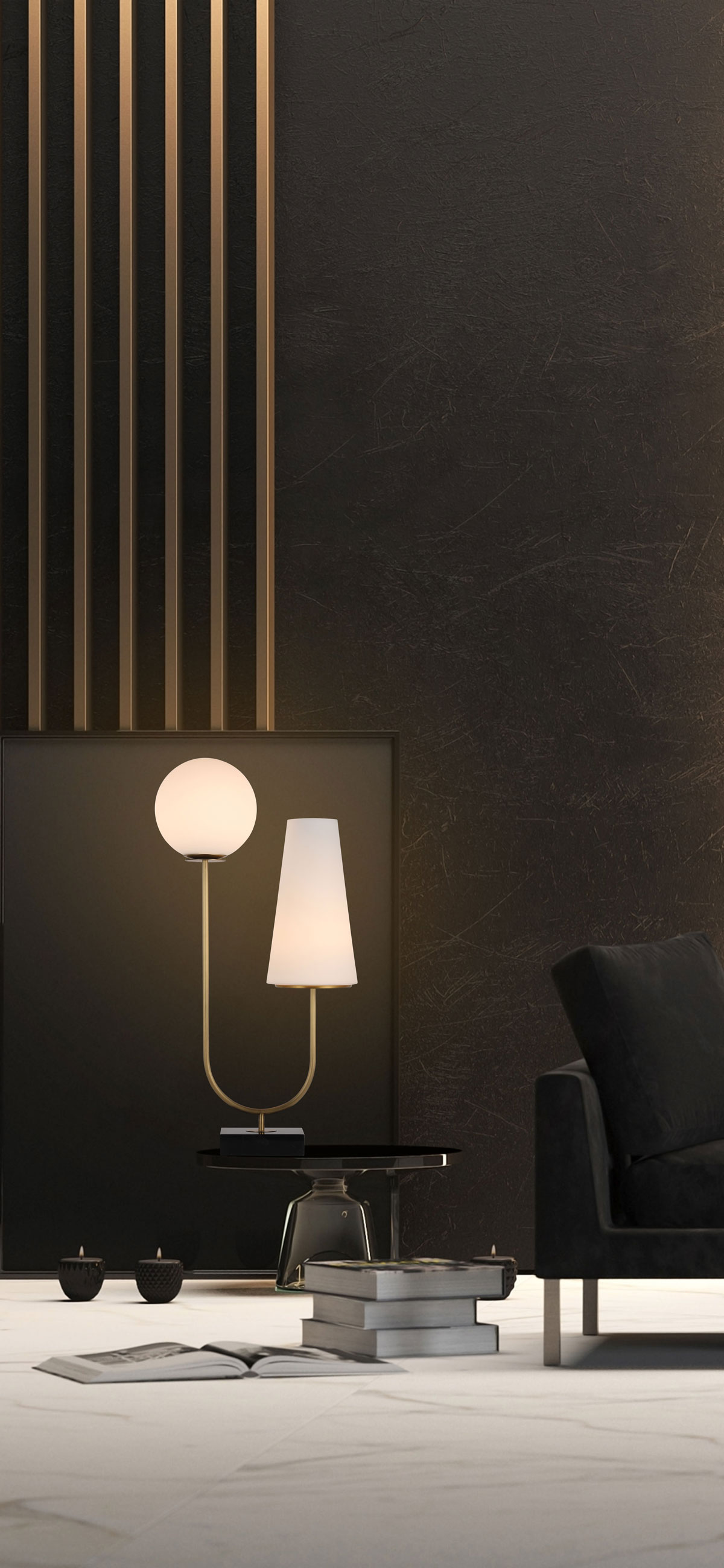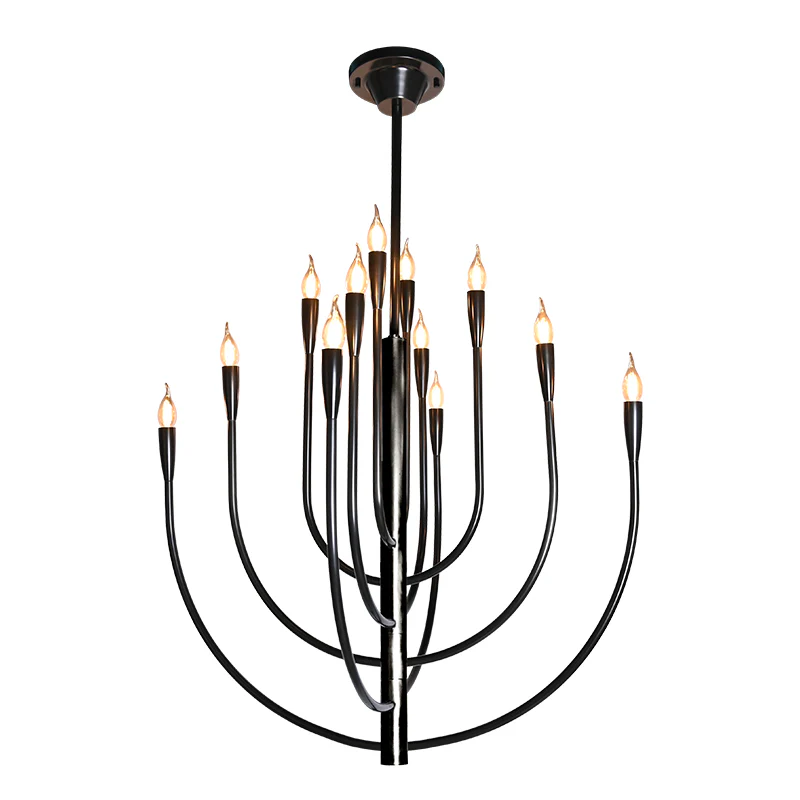The Ultimate Guide to Light Bulbs: Choosing the Right One for Your Needs
The Ultimate Guide to Light Bulbs: Choosing the Right One for Your Needs
Understanding Light Bulbs: A Comprehensive Overview
In today's modern world, light bulbs have become an essential part of our daily lives. From providing illumination to enhancing the aesthetic appeal of our spaces, understanding light bulbs is crucial. This article delves into various types of light bulbs, their benefits, energy efficiency, and some tips to consider when choosing the right bulb for your needs.
Types of Light Bulbs
There are several types of light bulbs available on the market, each with its own unique features and advantages. Below is a brief overview of the most common types:
| Type | Description | Energy Efficiency | Life Span |
| Incandescent | Traditional light bulbs that produce light through a heated filament. | Low | 750-2,000 hours |
| CFL (Compact Fluorescent Lamp) | More energy-efficient than incandescent bulbs, they use a gas-filled tube to produce light. | Moderate | 7,000-15,000 hours |
| LED (Light Emitting Diode) | Highly energy-efficient, they emit light when an electrical current passes through a diode. | High | 15,000-50,000 hours |
| Halogen | Type of incandescent bulb that uses a halogen gas to improve efficiency and lifespan. | Moderate | 2,000-4,000 hours |
| Smart Bulbs | Advanced bulbs that can connect to Wi-Fi, allowing for remote control and schedule setting. | High | Up to 25,000 hours |
The Benefits of Energy-Efficient Light Bulbs
Transitioning from traditional incandescent light bulbs to energy-efficient options like CFL and LED Light bulbs offers numerous advantages:
Cost Savings
While energy-efficient bulbs might have a higher initial cost, they save money over time due to lower electricity bills. For example, replacing a 60-watt incandescent bulb with an equivalent 10-watt LED bulb can save you approximately $200 over the bulb's lifespan.
Environmental Impact
Energy-efficient bulbs consume less electricity, thus reducing your carbon footprint. According to the U.S. Department of Energy, replacing just one incandescent bulb with an LED can prevent around 450 pounds of carbon dioxide from entering the atmosphere over the bulb's lifetime.
Longer Life Span
LED bulbs, in particular, offer an impressive lifespan of up to 50,000 hours. This means fewer bulb replacements, leading to less waste in landfills and reducing the frequency of purchasing new products. In contrast, incandescent bulbs require more frequent changes.
Choosing the Right Light Bulb for Your Space
When selecting a light bulb, it's vital to consider where you will use it. Here are some factors to take into account:
Purpose and Function
Understand the primary purpose of the lighting in the space. For instance, task lighting in kitchens or workspaces may require bright and focused bulbs, while ambient lighting in living areas may prefer softer, warmer tones.
Color Temperature
Light bulb color temperature is measured in Kelvins (K). Here's a breakdown to help you choose:
- Warm White (2700K-3000K): Suitable for living rooms and bedrooms, creating a cozy atmosphere.
- Cool White (3500K-4100K): Ideal for kitchens and workspaces, providing bright lighting without being too harsh.
- Daylight (5000K-6500K): Best for detail-oriented tasks or outdoor spaces, providing a natural daylight effect.
Lumens vs. Watts
When choosing a light bulb, focus on lumens, which measure brightness, rather than watts, which measure energy consumption. For instance, a 60-watt incandescent bulb produces about 800 lumens, while an LED bulb can achieve the same brightness with only 10 watts.

Common Questions About Light Bulbs
As homeowners and renters consider their lighting options, several common questions arise. Here are a few:
1. How do I recycle light bulbs?
Many types of light bulbs can be recycled, but regulations vary by location. Typically, CFL and LED bulbs must be disposed of properly due to hazardous materials. Check local guidelines for recycling options.
2. What is the lifespan of different light bulbs?
As mentioned earlier, incandescent bulbs last about 1,000 hours, while CFLs typically last up to 10,000 hours. LEDs can last anywhere from 15,000 to 50,000 hours, making them a long-term investment.
3. Can smart bulbs save me money on electricity?
Yes! Smart bulbs reduce energy use through advanced features such as dimming and scheduling, allowing you to control when and how much light is emitted, further enhancing their energy efficiency.
Conclusion: Make the Right Choice for Your Needs
In conclusion, understanding the different types of light bulbs and their benefits allows you to make informed decisions that can save you energy and money while enhancing your space. Transitioning to efficient lighting options, particularly LED and smart bulbs, not only benefits your wallet but also helps the environment. Remember to consider the function, color temperature, and lumens needed for your specific applications. With this knowledge, you are well-equipped to light up your life with the perfect bulbs for any situation.
As you consider your lighting options, always look for ways to integrate energy-efficient solutions that work for your lifestyle and for the planet.
